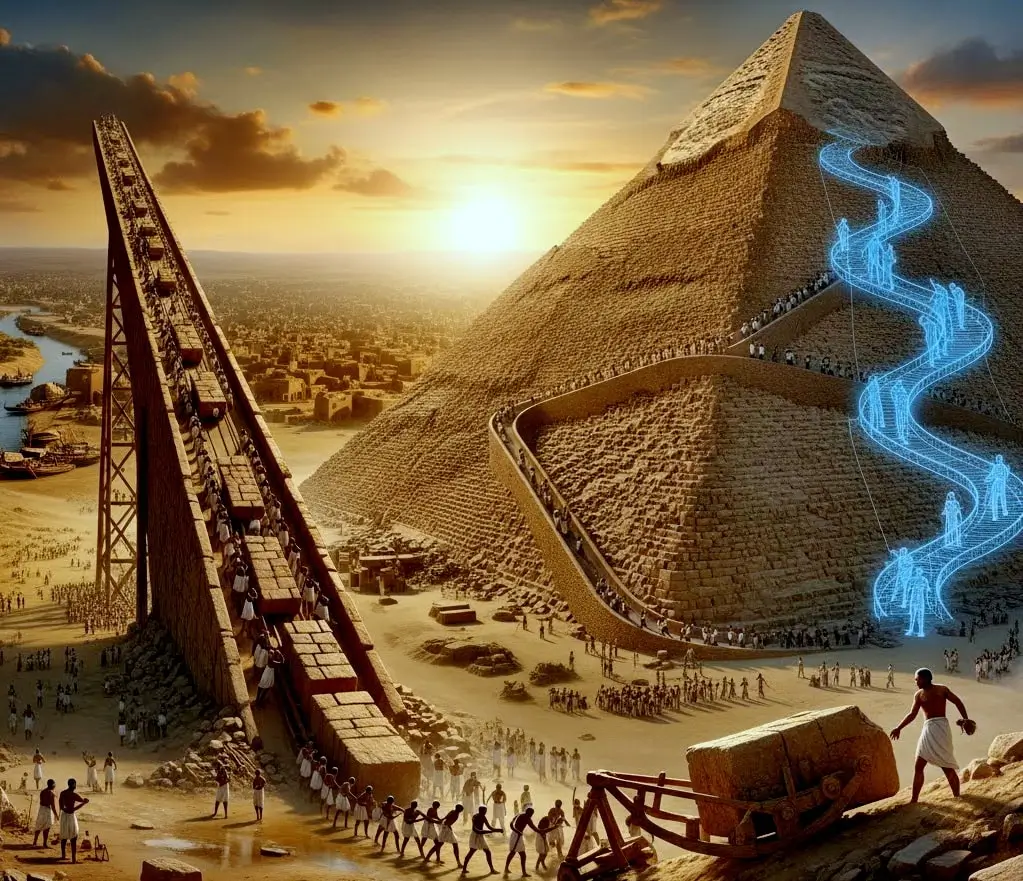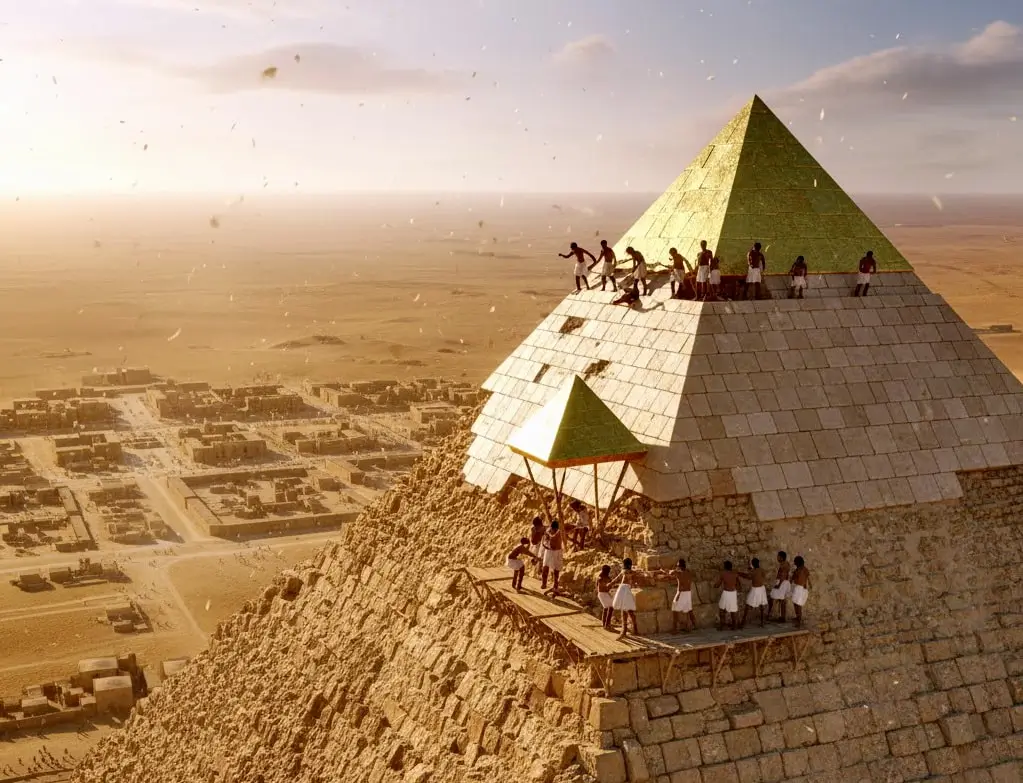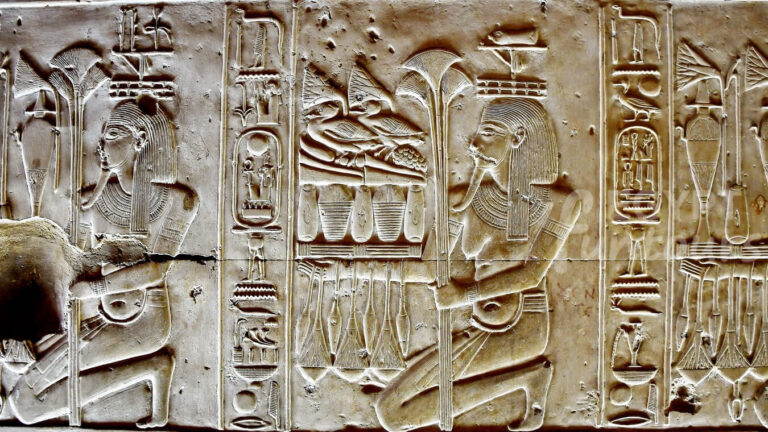The Unyielding Mystery: Why Pyramid Construction Still Captivates Us
For nearly 4,500 years, the Great Pyramid of Giza has stood as humanity’s most colossal and enduring testament to ancient ingenuity. As you gaze upon its immense scale, you can’t help but wonder: How did a civilization, without iron tools, wheels, or modern machinery, build such a staggering structure? Despite centuries of study and countless archaeological expeditions, no single, universally accepted answer exists for how ancient Egyptians built these wonders. Indeed, this enduring mystery is precisely why pyramid construction theories still spark such intense debate and fascination. We face a colossal challenge: millions of colossal stone blocks, precisely cut, transported, and then lifted to incredible heights.
This guide delves into the leading pyramid construction theories. We will examine the archaeological evidence, logistical challenges, and the ingenious solutions proposed by Egyptologists, engineers, and even independent researchers. Ultimately, we will explore everything from quarrying to the final capstone, demystifying the building process of these ancient wonders.
Key Takeaways
- No Single Answer: No definitive, universally accepted theory explains all aspects of pyramid construction.
- Massive Workforce: Tens of thousands of skilled workers, not slaves, built the pyramids.
- Ingenious Methods: Egyptians used simple tools (copper, stone) but applied advanced understanding of mechanics (levers, ramps).
- Focus on Giza: Most theories center on the Great Pyramid of Khufu due to its scale.
- Ongoing Debate: New evidence and interpretations continually fuel the discussion.





























